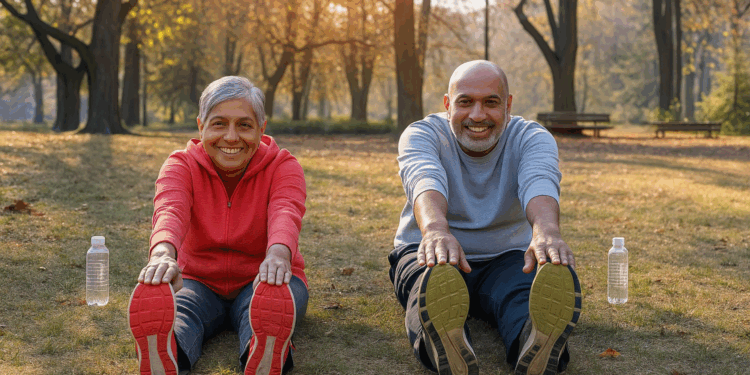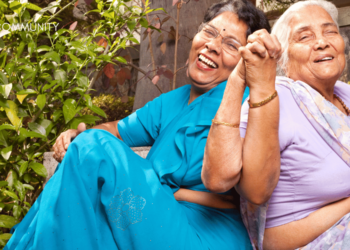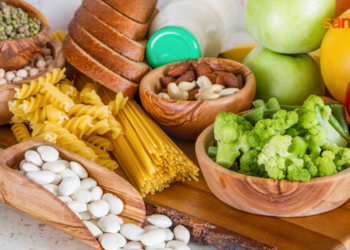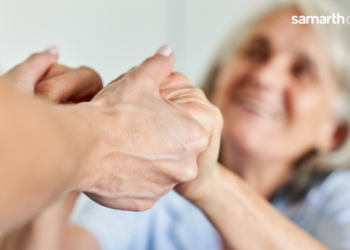As we age, bones weaken, and weak bones are more prone to fractures. It also means you will take more time to recover from fractures. Hence, seniors must keep working on their bone health. Most people are aware by now that Calcium and Vitamin D help bone health. But a few other nutrients are equally crucial for bone health. Here is a quick rundown.
Essential nutrients for bone health
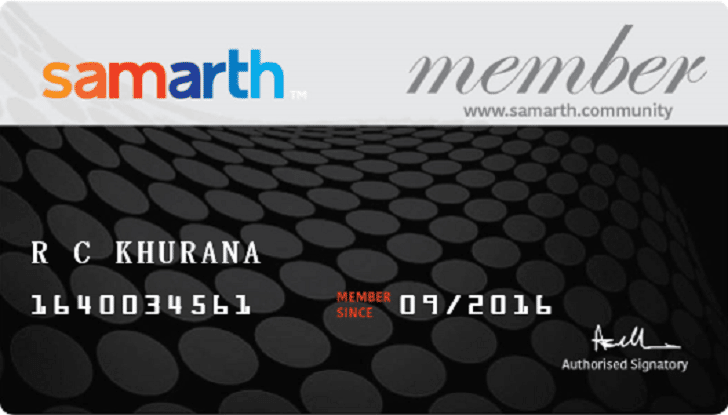
Join Now >
Calcium
Calcium is the most essential nutrient for bone health. Our body does not make Calcium and gets it from our diet. Hence, if we do not eat a good diet that helps our body to get Calcium, it will use up the Calcium from our bones. This scenario will further weaken our bones. Hence, a diet that provides sufficient Calcium is a must.
Recommended Dietary Allowance (RDA) for people aged 51 or older:
Women:1,200 milligrams (mg)/day.
Men:1,000 to 1,200 mg/day.
Foods to include in diet:
| Dairy foods | Milk, cheese (paneer), curds, etc., and even Soy milk and Tofu. |
| Legumes | Beans (Soya) and lentils. |
| Grains | Ragi (Finger millets), horse gram, rajma, matki, chana, udad dal, moong or greem gram, etc. |
| Nuts and seeds | Sesame, chia, flax, walnuts, peanuts, almonds, makhana. |
| Seafood | Sardines or canned salmon with bones. |
| Vegetables | Dark leafy greens, broccoli, okra, sweet potatoes. |
| Fruits | Figs, pineapples, oranges, kiwifruits, guava, papaya, berries, litchi, dates, etc. |
Vitamin D
Another vital nutrient for bone health is Vitamin D, without which our body cannot absorb Calcium. Ideally, humans get their required amount of Vitamin D through adequate exposure to sunlight. The body produces it by converting a chemical in our skin into Vitamin D. When people age, there are chances their exposure to sunlight is reduced, resulting in a Vitamin D deficiency. However, the exposure to sunlight must be limited to a few minutes in the early morning to avoid overexposure issues such as skin cancer. Most adults over 50 are advised to take Vitamin D supplements, especially in cold countries. In winter, it ensures the body gets a sufficient amount. It is not common in foods excepting a few.
RDA for 51-70 years
For both men and women: 15 mcg (micrograms) daily.
RDA for >70 years
For both men and women: 20 mcg daily.
Foods to include in diet:
| Seafood | Salmon, mackerel, tuna, sardines or cod liver oil. |
| Animal sources | Liver, egg yolk. |
| Plant sources | Mushrooms, oranges, spinach, soy milk. |
Magnesium
The third most important nutrient for bone health is Magnesium, which helps in Calcium and Vitamin D usage and prevents osteoporosis. Studies found that people with high intakes of Magnesium were having less risk of fractures. Thankfully, you can get your RDA of Magnesium from your diet.
RDA for people above 51 years:
Women:320 mg per day.
Men:420 mg per day.
Foods to include in diet:
| Dairy foods | Milk, cheese, curds, etc. and Tofu. |
| Grains and cereals | Oats, barley, millets and quinoa. |
| Legumes | Lentils, beans, chickpeas, peas, and soybeans. |
| Nuts and seeds | Flax, pumpkin, chia. |
| Vegetables | Dark leafy greens, peas, potato. |
| Seafood | Salmon, mackerel, and halibut. |
| Fruits | Avocado, bananas, papaya, white guava. |
| Others | Dark chocolate. |
Phosphorous
This mineral helps neutralise acidic foods that can be harmful to our bones. It is predominantly present in our bones and teeth and the rest in our cells and tissues. It also helps balance other nutrients in the body. You can get your RDA of Phosphorus from your diet.
RDA for people above 19 years: 700 mg
Foods to include in diet:
| Dairy foods | Milk, cottage cheese, curds, etc. |
| Grains and cereals | Whole grains (wheat, oats, barley, brown rice) (better when fermented or sprouted), Quinoa, broken wheat or dalia. |
| Legumes | Lentils, beans (navy, kidney), dried peas. |
| Nuts and seeds | Peanuts, almonds, flax, sesame, sunflower and pumpkin seeds. |
| Seafood | Shellfish, clams, mollusks, sardines, etc. |
| Vegetables | Potatoes, green peas, lima beans, |
| Meat/Poultry | Chicken, turkey, egg (yolk). |
Pottasium
It helps neutralise acids produced by the body’s metabolic processes and helps maintain bone loss. People with high Potassium intakes from fruits and vegetables were found to have strong bones. Potassium-rich foods help you get the required RDA.
RDA for people above 19 years:
Men: 3,400 mg
Women:2,600 mg
Foods to include in diet:
| Dairy foods | Milk, cheese, curds, etc. |
| Grains and cereals | Whole grains (wheat, oats, jowar, ragi), quinoa. |
| Legumes | Lentils, beans (soy, rajma), cowpeas, moong (green gram), udad dal(black gram), horse gram. |
| Leaves | Mustard, methi or fenugreek, drumstick, amaranth. |
| Vegetables | Cabbage, drumstick, sweet potatoes, potato, yam. |
| Fruits | Bananas, papaya, avocados, pomegranates. |
| Nuts and seeds | Dried black raisins, pistachios, dates, almonds, groundnuts, poppy. |
| Seafood | Tuna, trout, halibut, cod etc. |
| Meat/Poultry | Chicken, turkey, egg (white). |
| Others | Tender coconut water. |
Other nutrients that can help with bone health are Iron, Copper, Boron, and Zinc.
Protein
Healthy protein is also an essential nutrient for good bone health. It makes up for a large part of the bone mass and volume and provides strength and stability. Calcium and Phosphorus form on the protein and then stiffen up.
RDA: 0.8 grams of protein per kilogram of body weight
Foods to include in diet:
| Dairy foods | Milk, cottage cheese, etc., tofu. |
| Grains and cereals | Brown rice, oats, buckwheat (kuttu), millets, quinoa. |
| Legumes | Lentils, beans (soy, kidney, black), chickpeas, soy, moong (sprouted). |
| Vegetables | Green peas, broccoli, corn, potatoes. |
| Fruits | Bananas, wood apples, guavas, avocados, melons. |
| Nuts and seeds | Sunflower, pumpkin, chia, peanuts, almonds, cashews, melon. |
| Seafood | Shrimp, salmon, mackerel, anchovies, etc. |
| Meat/Poultry | Chicken, eggs. |
Should I take supplements?
Consult a doctor who will prescribe the necessary tests and supplements on a need basis.
P.S: Supplements should not be taken by self as it can cause serious health complications.



